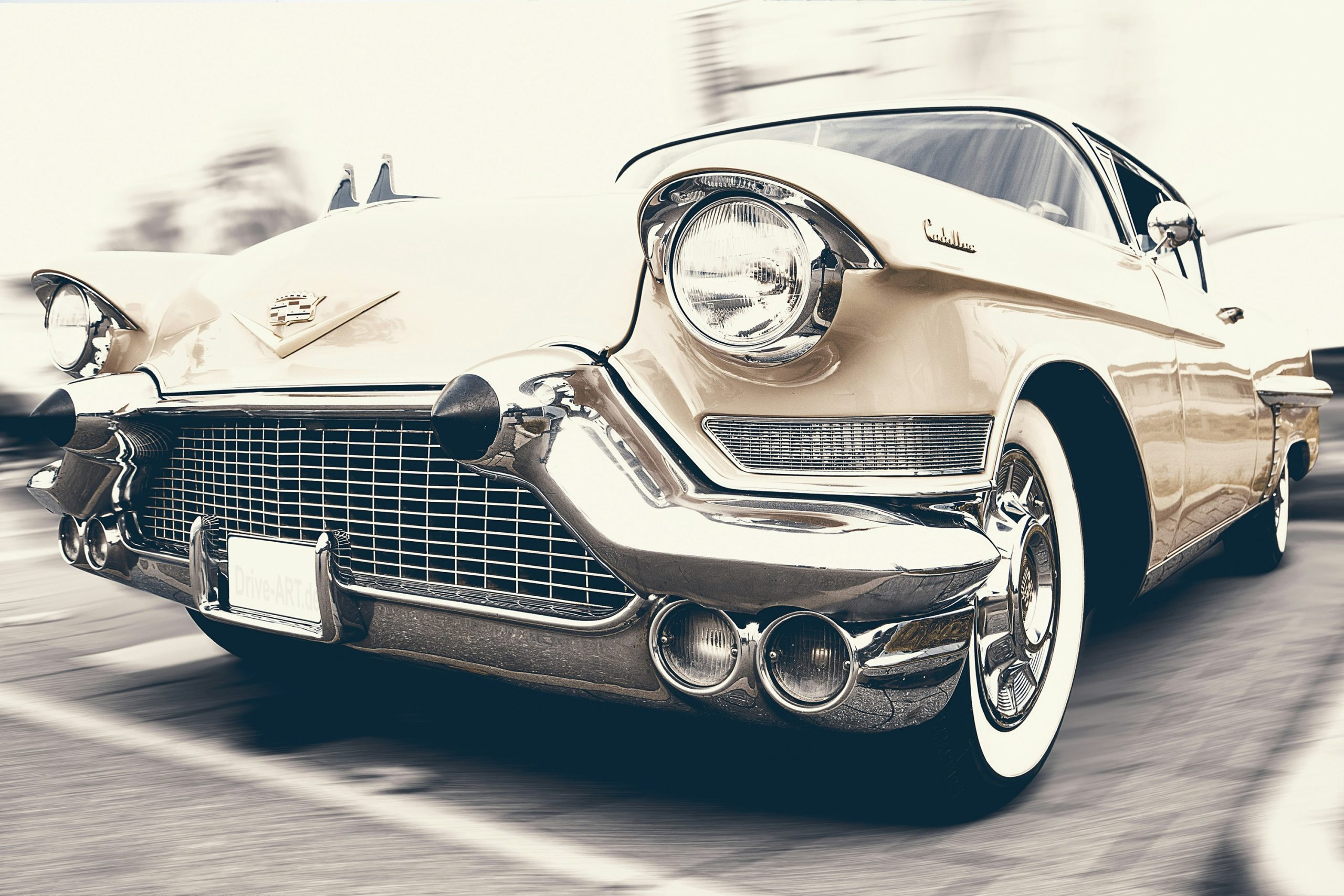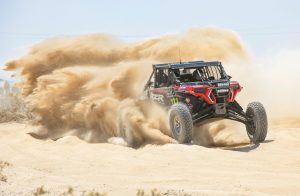Muscle Car Era Defined American Automotive Design
The Muscle Car Era is often considered a golden age in American automotive design. Spanning from the mid-1960s to the early 1970s, this period saw the rise of powerful, stylish, and iconic vehicles that defined American car culture. The term “muscle car” first emerged in the 1960s, used to describe high-performance cars that were equipped with big engines and sleek designs. These cars were designed for speed, power, and style – and they quickly became a symbol of America’s obsession with the open road and the ever-growing need for speed. In this article, we will explore how the Muscle Car Era defined American automotive design and left a lasting legacy on the industry.
The Birth of the Muscle Car
The roots of the Muscle Car Era can be traced back to the 1950s when car manufacturers started experimenting with cars that had larger, more powerful engines. However, it wasn’t until the release of the 1964 Pontiac GTO that the term “muscle car” was officially coined. The GTO was marketed as a high-performance variant of the Pontiac Tempest, equipped with a 389-cubic-inch V8 engine and a distinct and aggressive design. This car set the tone for what was to come in the Muscle Car Era – a blend of power, performance, and style.
Design Characteristics
The design of the Muscle Car Era cars was heavily influenced by the popular “Pony Car” trend that emerged in the 1950s. These smaller, sportier cars appealed to a younger generation, and the Muscle Cars followed suit by incorporating elements such as hood scoops, racing stripes, and spoilers. The body styles ranged from two-door coupes to convertibles, giving these cars a sleek and sporty look.
Additionally, the Muscle Cars were known for their powerful engines. Car manufacturers started to equip their models with larger V8 engines, often producing over 400 horsepower. These cars were designed to not only look fast but also perform on the road with high-speed capabilities.
The Rise of the Big Three
The Muscle Car era saw the emergence of what was referred to as the “Big Three” – General Motors, Ford, and Chrysler. These three companies dominated the production of muscle cars and were in fierce competition with one another to produce the most powerful and stylish models. This competition resulted in the development of some of the most iconic models in American automotive history, including the Chevrolet Camaro, Ford Mustang, and Dodge Challenger.
The Legacy of the Muscle Car Era
The Muscle Car Era may have only lasted a decade, but its impact on American automotive design has been long-lasting. The high-speed, powerful, and stylish cars that were born during this period continue to be revered and sought after by car enthusiasts today. Many modern-day car designs pay homage to the iconic features of the Muscle Car Era, such as the hood scoops, racing stripes, and aggressive body styles.
Beyond the design influence, the Muscle Cars also played a significant role in shaping American car culture. These cars represented freedom, adventure, and the pursuit of the American dream. They were not just vehicles; they were symbols of a way of life and an integral part of American popular culture.
The Revival of the Muscle Car
Although the production of true Muscle Cars ended in the early 1970s due to stricter emission and fuel economy regulations, the spirit of these cars continues to live on. In recent years, there has been a revival of these iconic models, with car manufacturers producing modern versions of the classic muscle cars. These modern-day muscle cars have all the power, performance, and style of their predecessors, while also incorporating modern technology and design elements.
In Conclusion
The Muscle Car Era was a defining period in American automotive history. Its influence can still be felt in the design of modern-day cars, and its legacy continues to inspire car enthusiasts around the world. These cars represented a time when American manufacturers pushed the boundaries of design and engineering, creating iconic and timeless models that continue to captivate audiences today. The Muscle Car Era may have come to an end, but its impact on American automotive design will never be forgotten.









